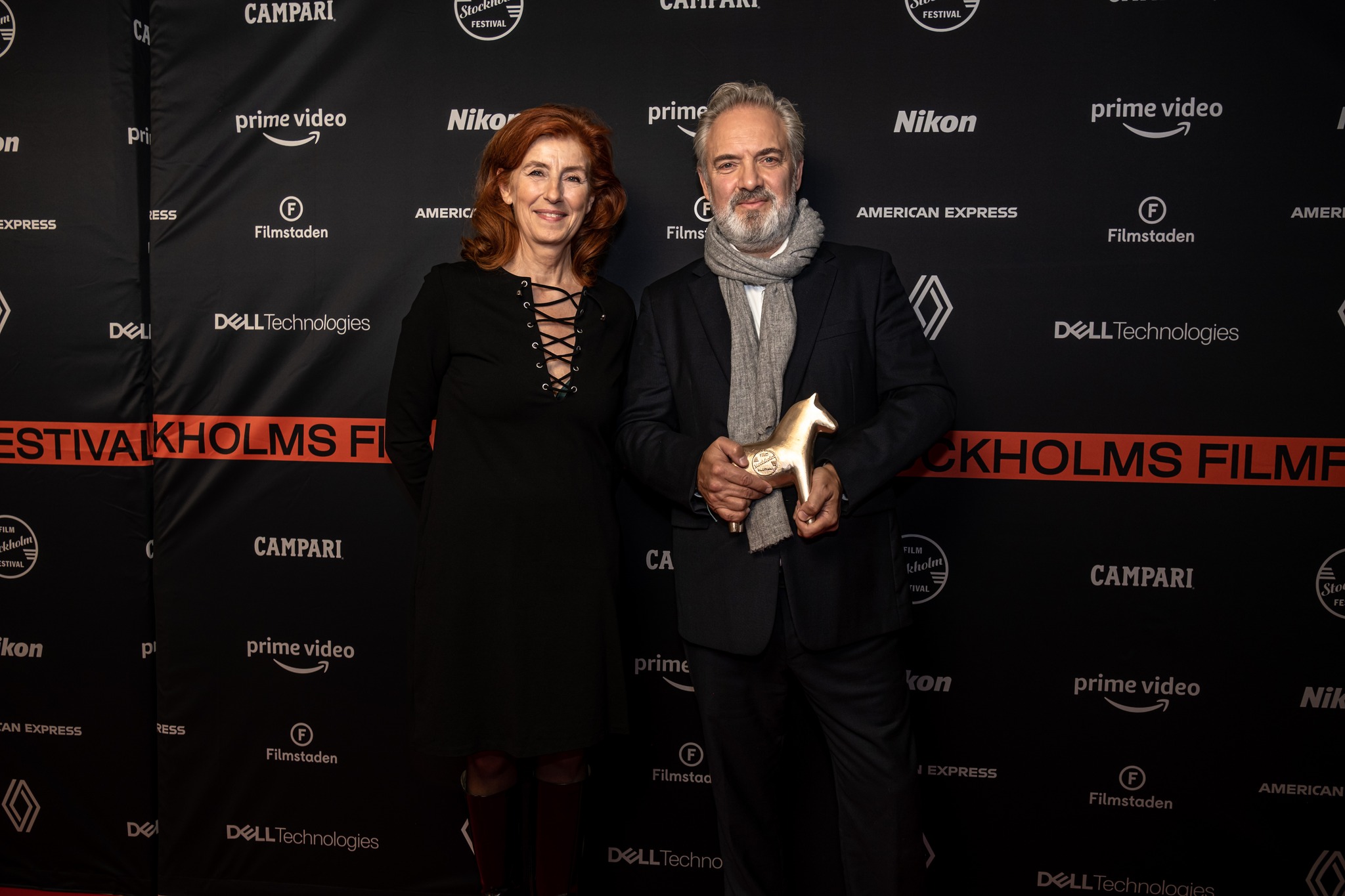The last party of 2013 is over, the Champagne has long since disappeared from the fridge – now it’s time to make good on that resolution to try something new and exciting in the world of wine! YLC’s Matthias Breitsameter demystifies the grapevines.

The story of drinking wine in the new world has both sacred and profane beginnings, starting with that dirty word, colonisation. With the conquering of the new world armies, administrators and the church brought with them many habits from their homeland. The priests who settled in Australia, the Americas and South Africa needed wine to perform the sacraments; meantime the local population preferred quaffing their favourite tipple to the quality of water available to them.
It took years – some would say centuries – to find out where to plant the grapevines that had to be imported from Europe. All the wines produced in the new world are from old world Grapes: Shiraz (Syrah), Cabernet Sauvignon and Chardonnay, to name a few. Some cloning and name changes were done to make for a more interesting selling proposition.
A great example is Pinotage produced in Stellenbosch, South Africa. Around 1925, a clone of Pinot Noir and Cinsault was made at the University of Stellenbosch to produce this ‘new’ vintage. But it took a long time for it to enjoy the success it now, deservedly, does.
The Judgement of Paris
The big breakthrough for the new world wines really came in 1976, where a blind tasting of a variety of wines was held in Paris. Sacre Bleu! The ensuing scandal caused in France by the Californian winner was such that the press were banned from writing about it until six months after the event.
Taste and experiment had won over snobbery and tradition and thus the myth that high quality, complex wines could not be produced in the new world was blown for good.
The other method that new wine producers used to make their products more ‘visible’ was to label them by grape variety. People often shop wines by this method and so Australian Chardonnays piggy-backed onto their French counterparts.
But what’s in a name? The main thing is the taste! To generalise, the new world is mainly known for higher alcohol content, more oak tones, and fruitiness. It’s generally due to the location; new world grapes are almost all next to the sea, with a warmer climate than their old world counterparts. California, Stellenbosch, Chile and South Australia all have a higher guarantee of ripeness of the grapes, which in turn produces a higher sugar content – the result is a potent mix of alcohol and fruit flavours in the final wine.
My task for you at home is to get a bottle of Bourgogne red Pinot Noir and a Pinot Noir from a new world country.
Grab a few friends and have a blind taste testing. See which wine wins – this is sure to be a fun evening that will be not soon be forgotten!
You could expand this to a whole range of wines, but do remember to either spit some out, or imbibe an extremely small amount; otherwise it’s unlikely whether you’ll remember the results the next day!
My wine of the week is from is a classic new world wine made in Lodi Valley, California.
The colour of the wine is dark ruby-red. It has plenty of nose with blackberry, raspberry and blackcurrant aromas blending with black pepper and tobacco. On the palate you will have a full-bodied, fruity and jammy feeling with a long strong after-taste of 7 seconds. The tannins are integrated with 20 months maturing in french oak, making it a complex wine. It’s great to drink with Comté, Parmesan and Gruyere cheese or with an entrecôte and potato gratin, with a side salad that contains old balsamic vinegar with some freshly ground black pepper. Enjoy!
Name: 6th Sense
Grape Variety: Syrah
Producer: Michael-David
Region: Lodi Valley, California
Alcohol: 15% ABV
Vintage: 2011
Aging: 20 month in French oak
Importers: Janake AB
Price: 159 SEK (to order at Systembolaget)
Matthias Breitsameter
Follow Your Living City on Twitter!










